

Bethan Girdler-Maslen
Looking for the best duvet for allergies? This guide is here to walk you through what you need to know.
The most common allergy that your duvet will play a role in is a dust allergy. It’s not a particularly nice thought, but in reality, none of us truly sleep alone. The average bed contains millions of tiny creatures called dust mites, which are about 0.25mm in length. They like to live in dark, damp and humid areas, and enjoy feeding off our discarded skin cells. I know: gross, right?
The good news is dust mites don’t cause us any actual harm… well not directly, anyway. Unfortunately, many people are allergic to their tiny droppings, which (double gross) are easily inhaled during our sleep. That can cause unpleasant symptoms such as sneezing, coughing, asthma, eczema and rhinitis.
There are reliable ways to get rid of dust mites, including keeping your bed, bedding and bedroom clean (here's how to clean your mattress and how to clean a duvet for more). But if you're doing all that, and still getting allergy flare-ups, it may be time to buy new bedding.
This article will show you how to choose the best duvet for allergies. Once you've absorbed this advice, head to our best duvet roundup to make your choice.
1. Make sure it's washable at 60°C
It’s very difficult, if not impossible, to secure your bedroom against dust mites completely. So the main weapon we have in armour against dust mite allergies is cleaning. This means the main thing you need to look for in a duvet is that it and its cover are machine-washable at 60°C.
Washing at lower temperatures can dissolve the dust mite droppings that trigger most people's reactions, which will fix the issue temporarily. However, to kill the dust mites themselves, you need to wash at 60°C or above. but the mites will survive, so it's not a long-term solution.
Sign up to the T3 newsletter for smarter living straight to your inbox
Get all the latest news, reviews, deals and buying guides on gorgeous tech, home and active products from the T3 experts
Aim to wash your duvet every six months (bedding that sits against your skin covers – so sheets, duvet covers and pillowcases – should be washed weekly or fortnightly). Just to spell it out: any duvet that proclaims itself ‘anti-allergy’ but is not washable at 60°C is no such thing.
2. Look for 'anti-allergy' rather than 'hypoallergenic'
When shopping for duvets, you often see the terms ‘hypoallergenic’ and ‘anti-allergy’, and may assume they’re interchangeable. However, they're actually very different. Hypoallergenic, or non-allergenic, means that the materials used are relatively unlikely to cause an allergic reaction. This doesn’t mean, though, that the manufacturer has applied any specific treatments to the duvet to prevent allergies.
Anti-allergy, in contrast means that the duvet has been specially treated to prevent the development of dust mites, protect against dust-mite infestation, or both.

3. Consider your duvet stuffing
There’s a widespread belief that down, and other feather-based duvet fillings, are more likely to encourage dust mite allergies. However, this is not backed up with any reliable scientific research, and seems to be mainly based on anecdotal evidence and gut instinct.
As you’d expect, it’s a belief that tends to be propagated by the makers of synthetic duvets, and hotly disputed by the makers of down ones. It should also not be confused with the fact that some people are specifically allergic to feathers themselves.
That said, different duvet stuffings have different pros and cons – check our down vs synthetic vs wool duvet explainer for a more detailed look. If you tend to run hot at night, you may wish to avoid a down-filled duvet on the grounds that it traps heat, and thus create an environment more conducive to the growth of dust mites.
Conversely, a filling that’s naturally breathable and temperature-regulating such as wool may be more helpful, both in keeping you at the right temperature and discouraging infestation. Synthetic duvets are more often machine washable, too.
4. Don't forget the duvet cover
Ultimately, the duvet cover is far more important than its filling in preventing dust mite infestation. Hence the rise of anti-allergy duvet covers, which use a variety of means to keep dust mites out, such as tighter weaving, non-permeable materials and chemical treatments.
However, be aware that keeping dust mites out of your duvet is only likely to direct them to your pillows and mattress instead. So at the risk of repeating ourselves, we should stress that regular washing and cleaning of all your bedding is the key to minimising allergies.
Tom May is a freelance writer and author of the book, Great Ted Talks: Creativity. He has been editor of Professional Photography magazine, associate editor at Creative Bloq, and deputy editor at net magazine. He has also worked for a wide range of mainstream titles including Radio Times, NME, Heat, Company and Bella.
- Bethan Girdler-MaslenHome Editor
-
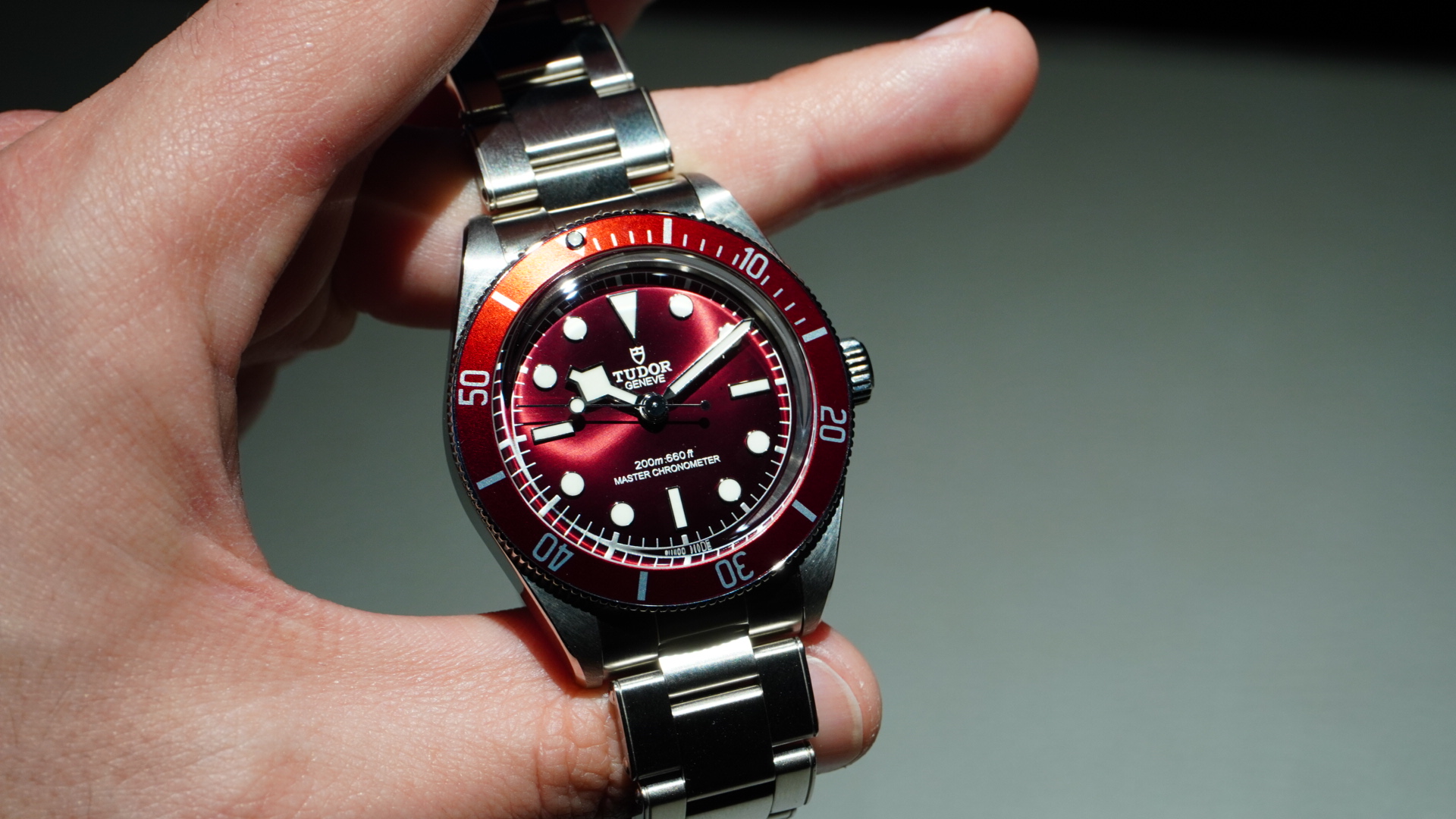 I tested every new Tudor at Watches and Wonders – my favourite caught me by surprise
I tested every new Tudor at Watches and Wonders – my favourite caught me by surpriseThe Rolex sister brand had a lot to offer
By Sam Cross Published
-
 Warning: Ciele’s refreshed Elite Collection may cause excessive garment envy on race day
Warning: Ciele’s refreshed Elite Collection may cause excessive garment envy on race dayFlex on your run crew with Ciele’s latest drop
By Matt Kollat Published
-
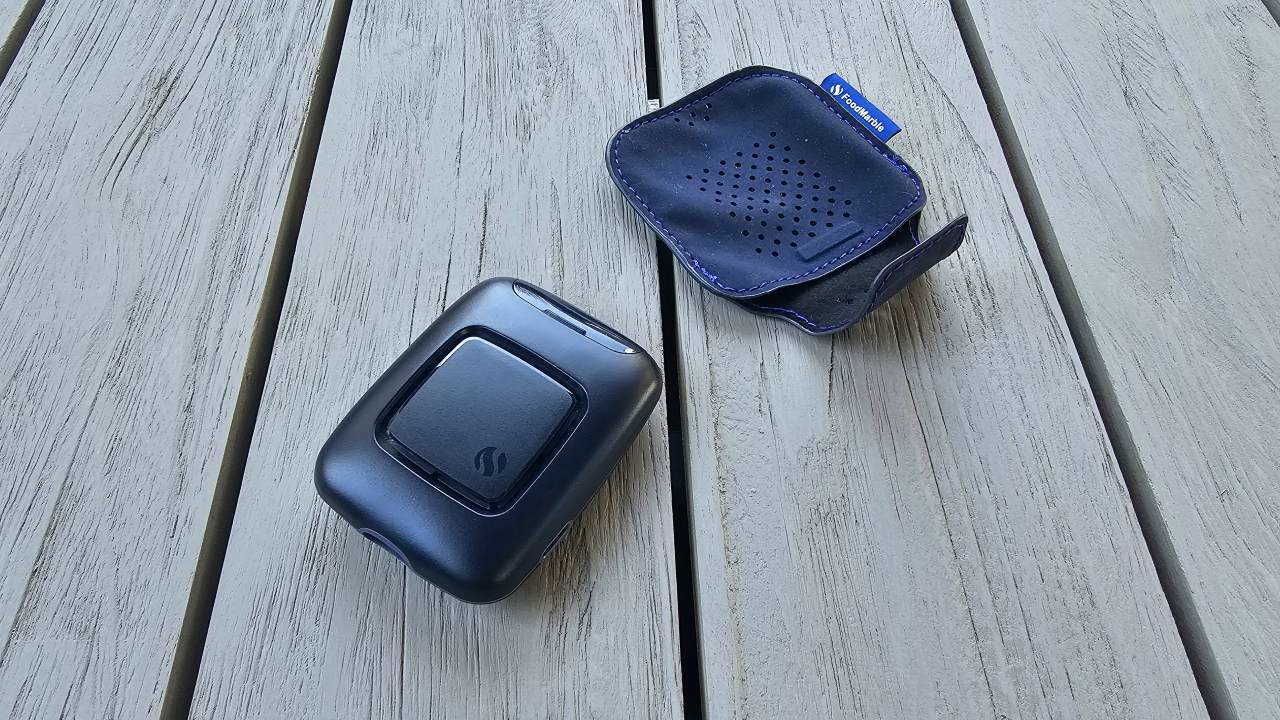 I spent 6 weeks with the FoodMarble Aire 2: here’s what I learned about my gut health
I spent 6 weeks with the FoodMarble Aire 2: here’s what I learned about my gut healthI’ve been testing the clever breath-testing gadget with the companion app over several weeks to find out if it delivers on its promises
By Lee Bell Published
-
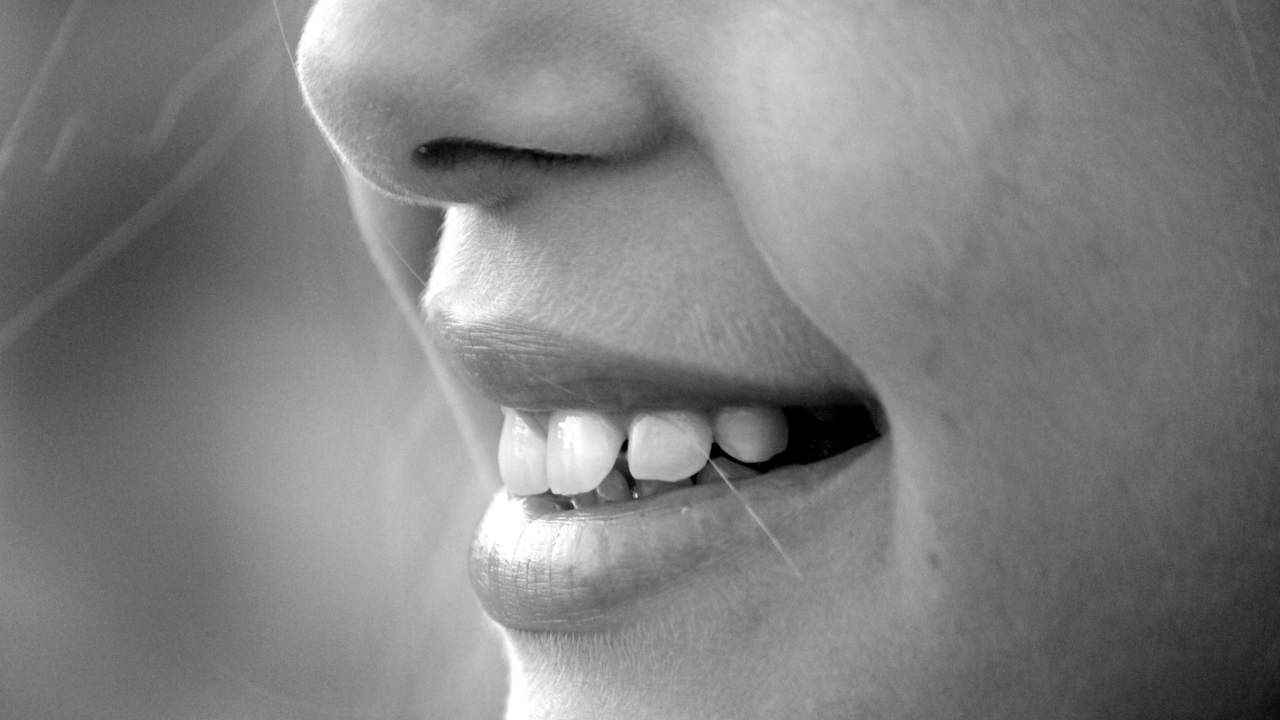 Oil pulling is going viral on TikTok for stopping morning breath – but does it actually work?
Oil pulling is going viral on TikTok for stopping morning breath – but does it actually work?4 hacks that prevent morning breath, according to a sleep expert
By Bethan Girdler-Maslen Published
-
 These limited edition McLaren x Loop earplugs are what you need for Formula 1 season
These limited edition McLaren x Loop earplugs are what you need for Formula 1 seasonMcLaren teams up with Loop on limited edition noise-reducing earplugs
By Bethan Girdler-Maslen Published
-
 5 sleep supplements that help me achieve 8+ hours of rest every night
5 sleep supplements that help me achieve 8+ hours of rest every nightIt took me years to perfect my sleep routine – here are the supplements that helped
By Lizzie Wilmot Published
-
 3 reasons why you wake up at 3am every night – and how to avoid it
3 reasons why you wake up at 3am every night – and how to avoid itAlways waking up in the middle of the night? This could be why…
By Bethan Girdler-Maslen Published
-
 This tiny device will automatically disable your distracting apps before you sleep
This tiny device will automatically disable your distracting apps before you sleepSay hello to Kip...
By Lizzie Wilmot Last updated
-
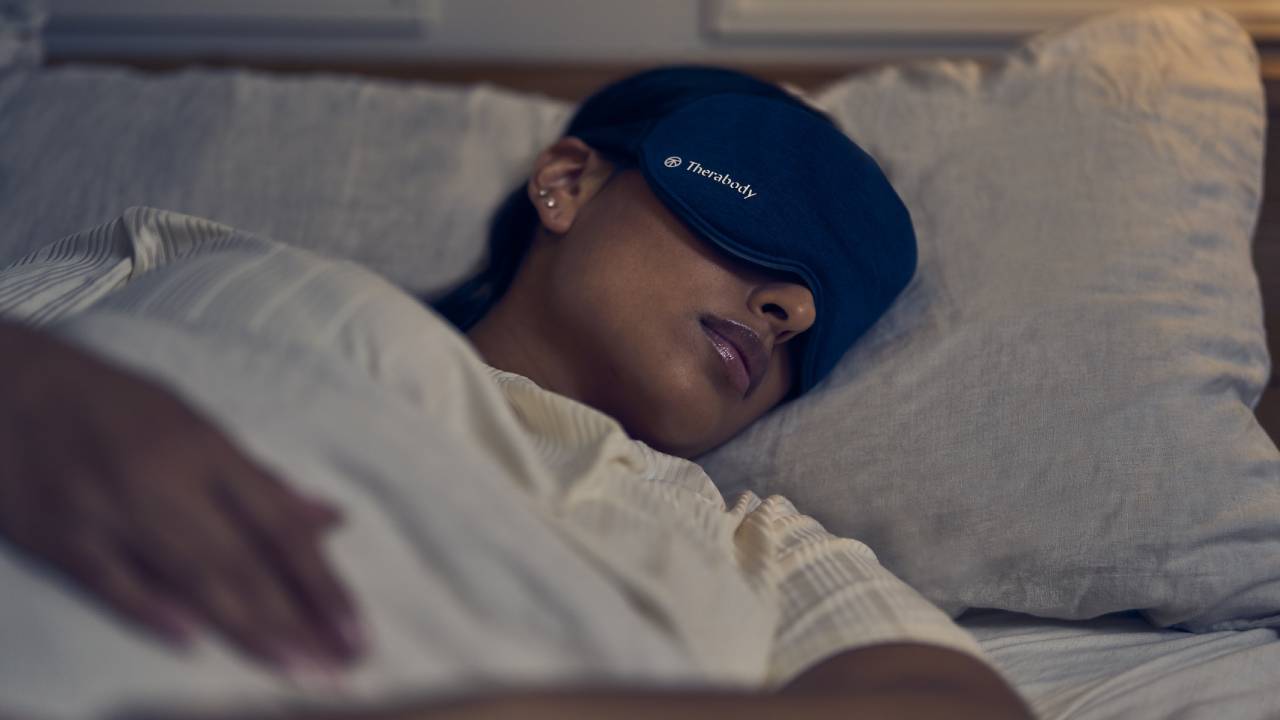 Therabody experts give 7 tips for perfecting your sleep routine for World Sleep Day
Therabody experts give 7 tips for perfecting your sleep routine for World Sleep DayFrom breathing exercises to sleep masks, here’s how to prioritise sleep, according to experts
By Bethan Girdler-Maslen Published
-
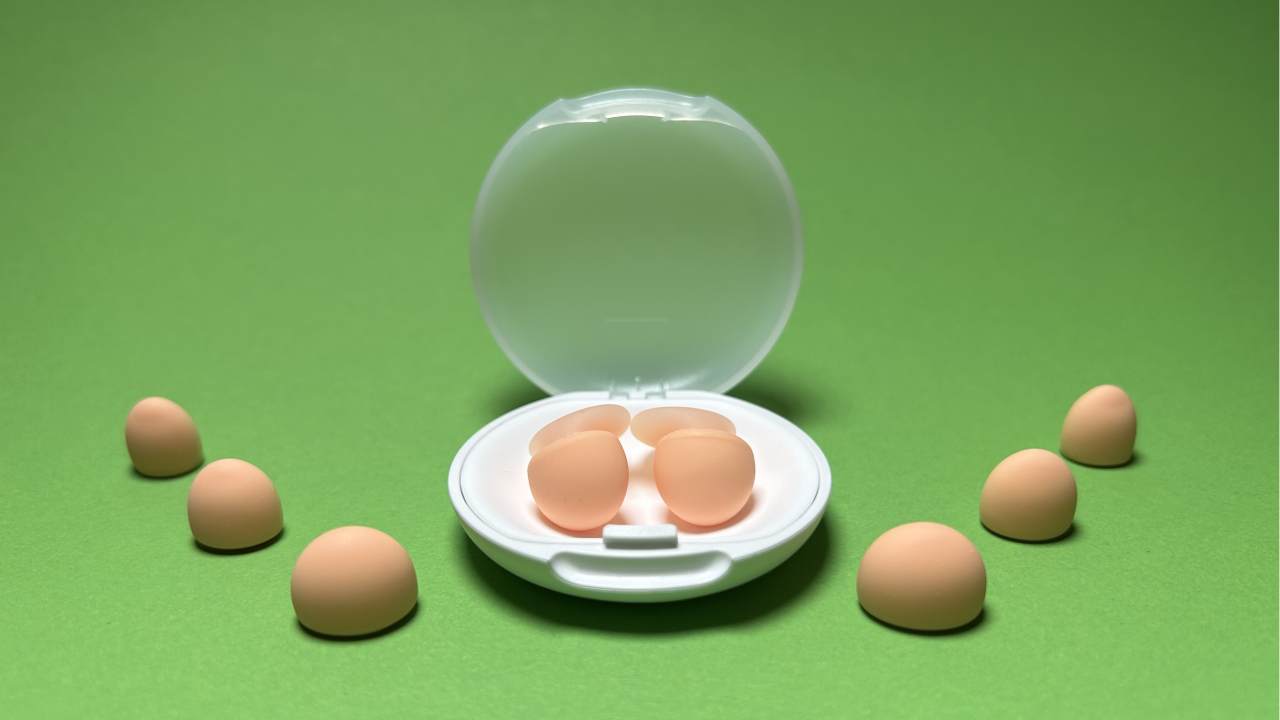 Loop Dream review: super soft earplugs to help you snooze soundly, even if you’re a side sleeper
Loop Dream review: super soft earplugs to help you snooze soundly, even if you’re a side sleeperSquishy silicone and uniquely shaped ear tips take Loop’s nighttime earplugs to dreamy heights
By Joanna Ebsworth Published